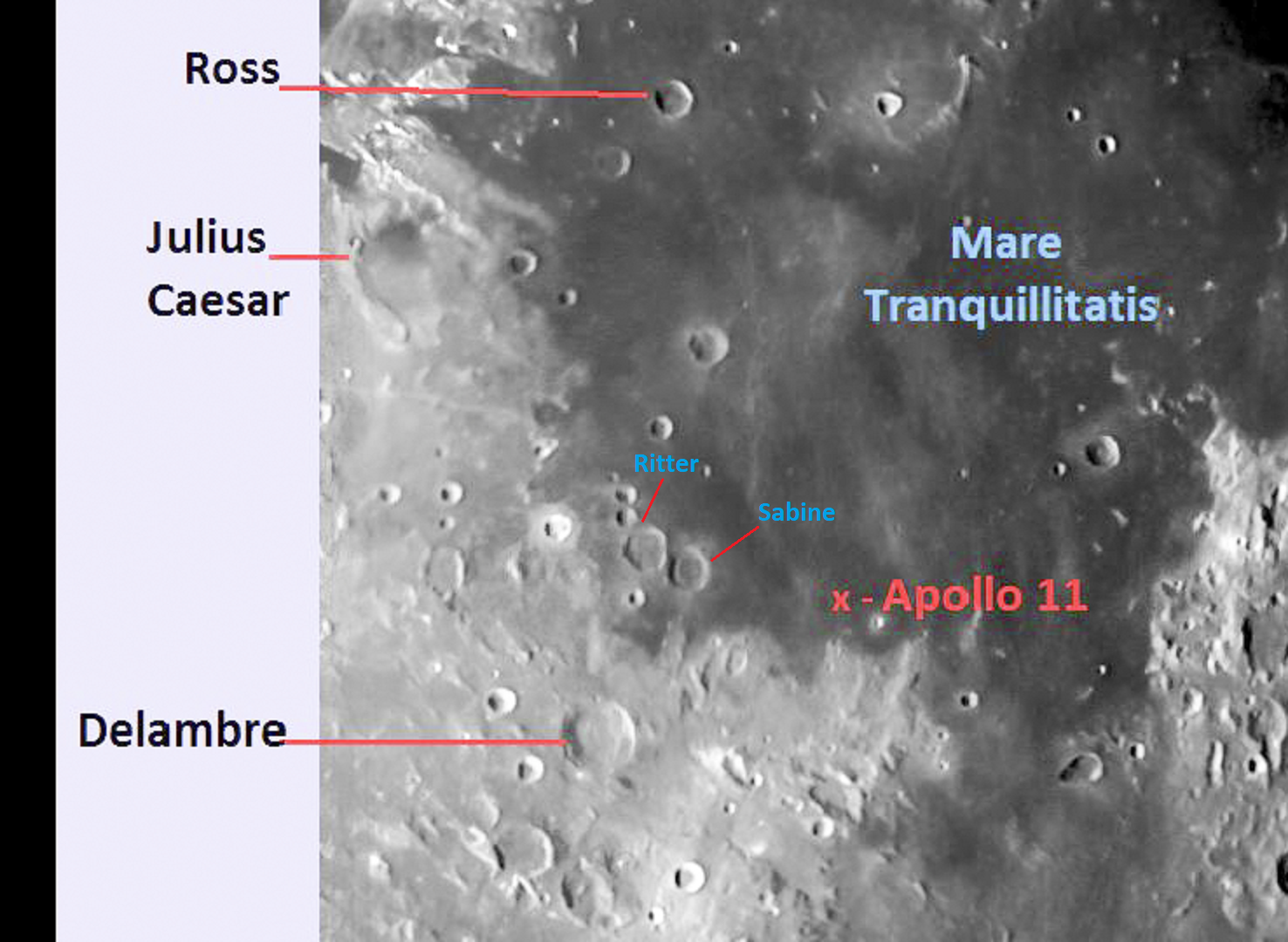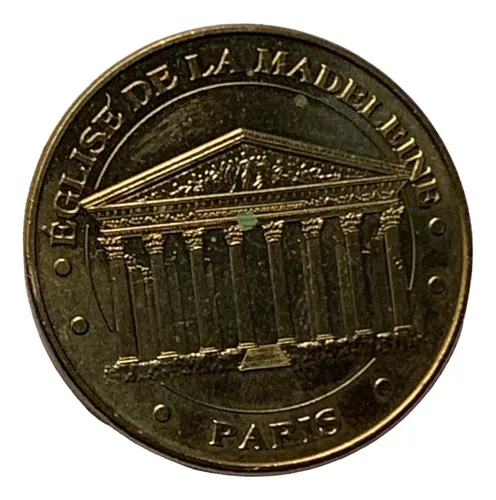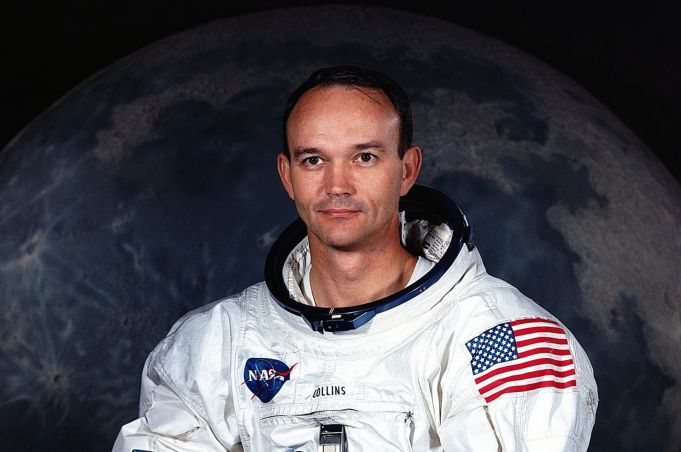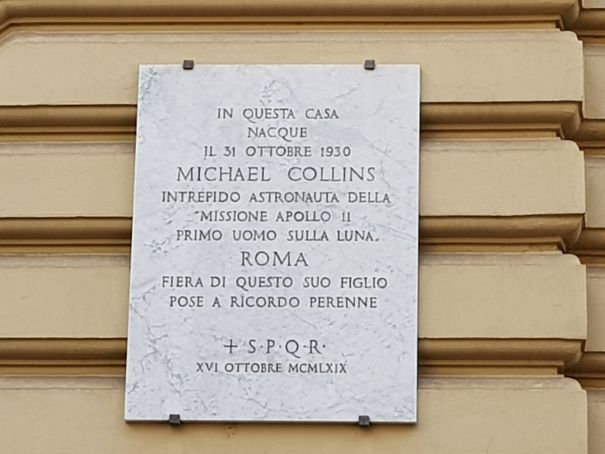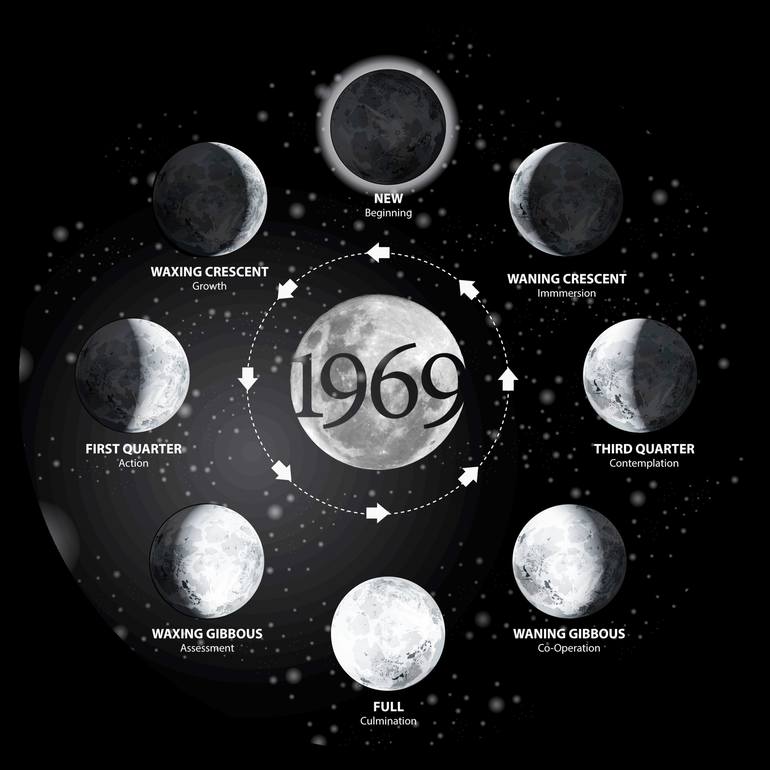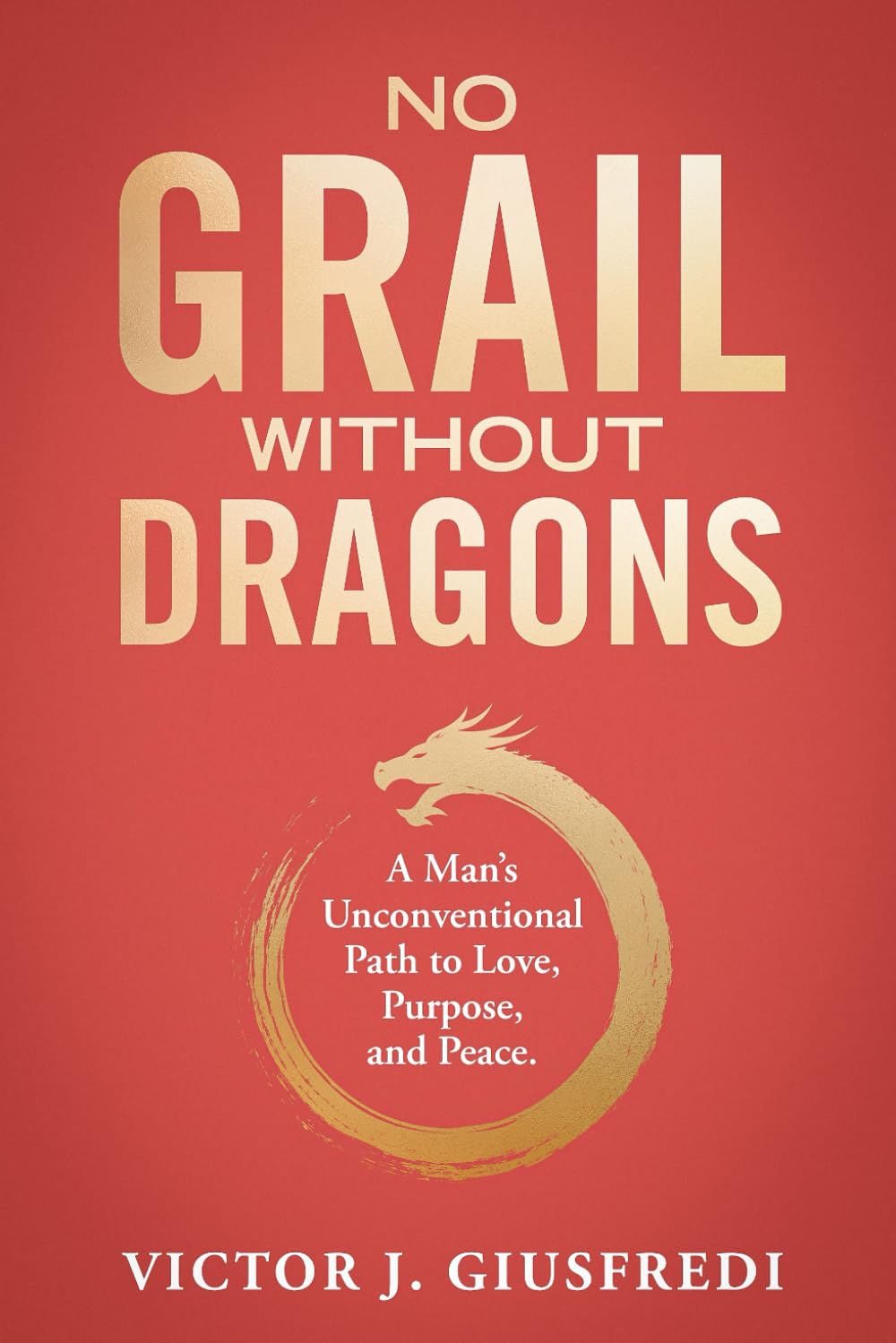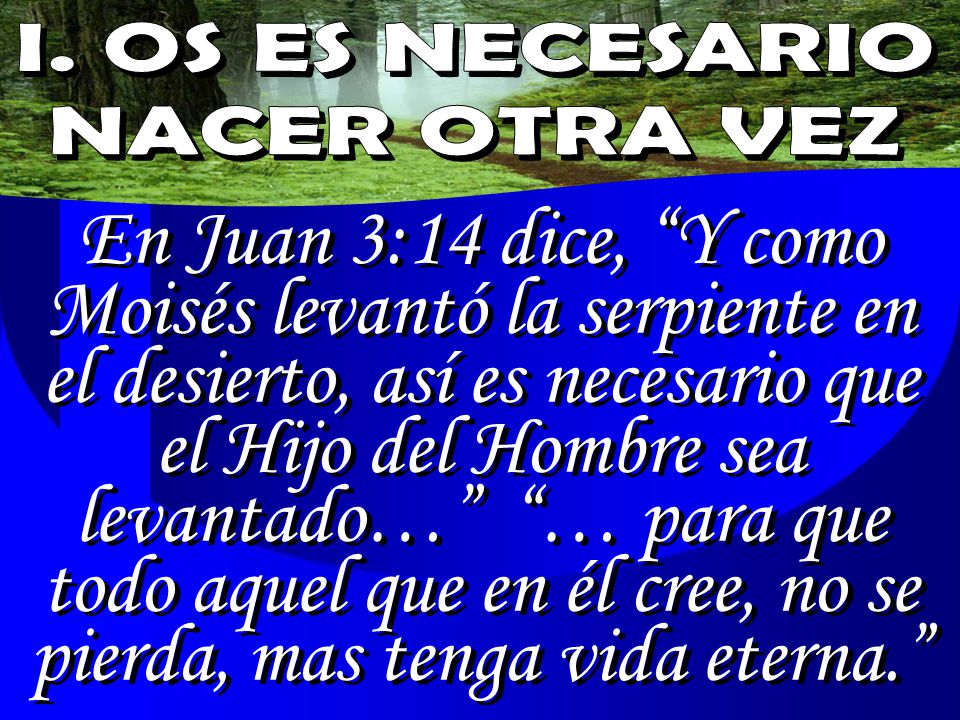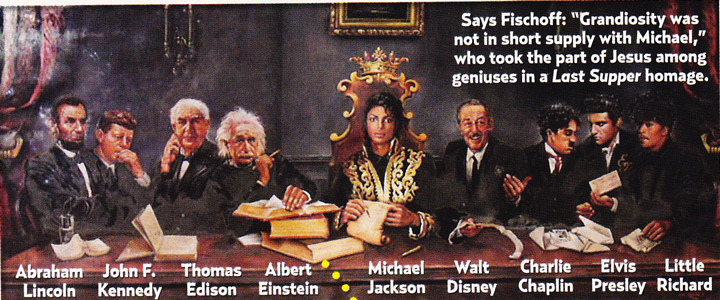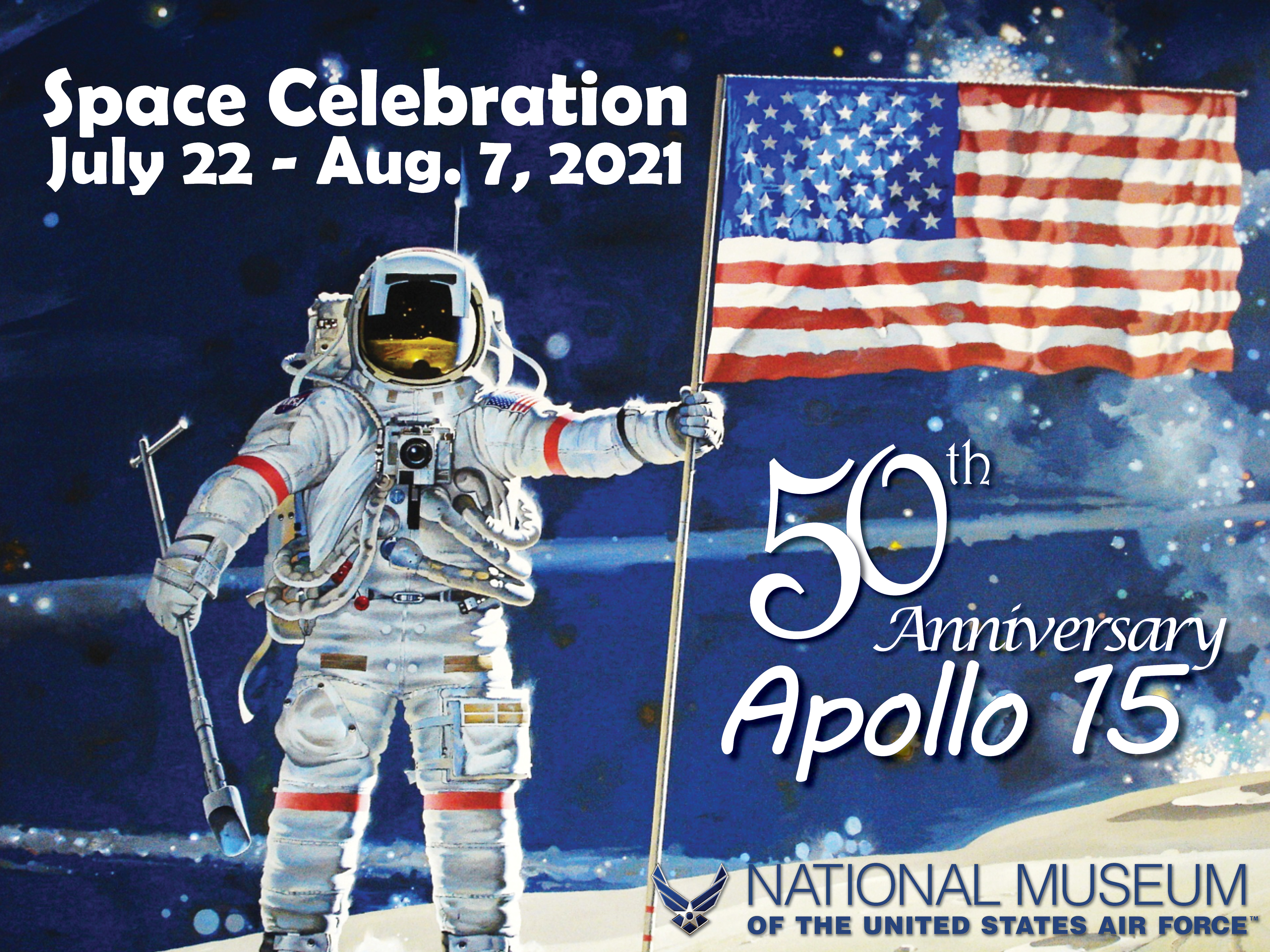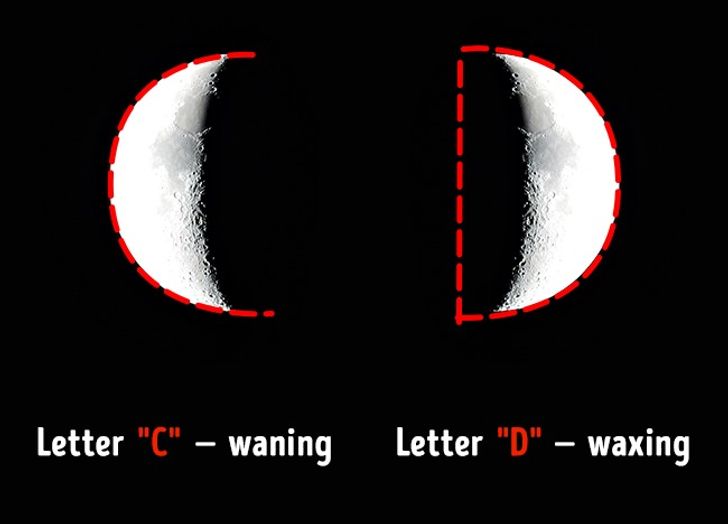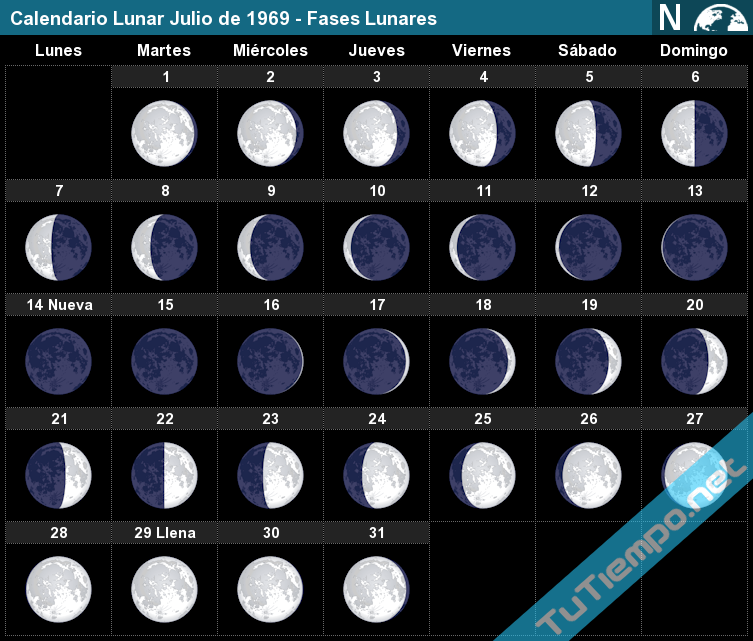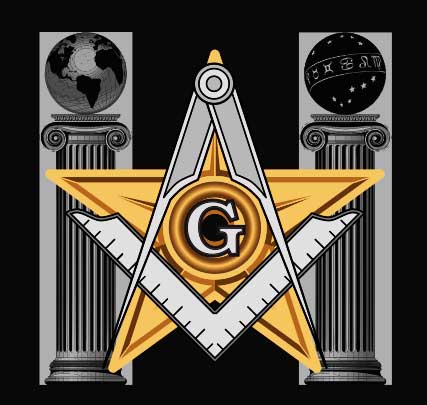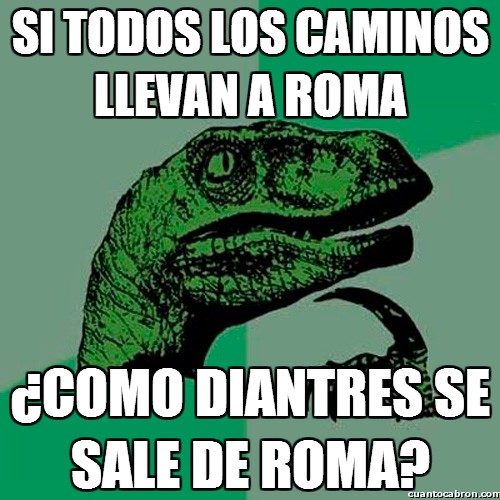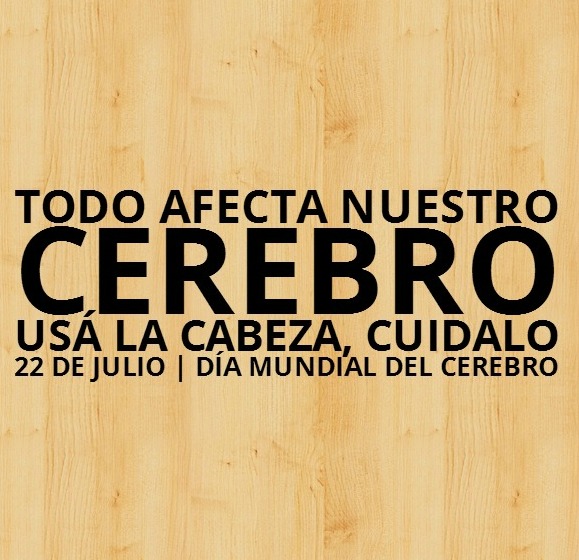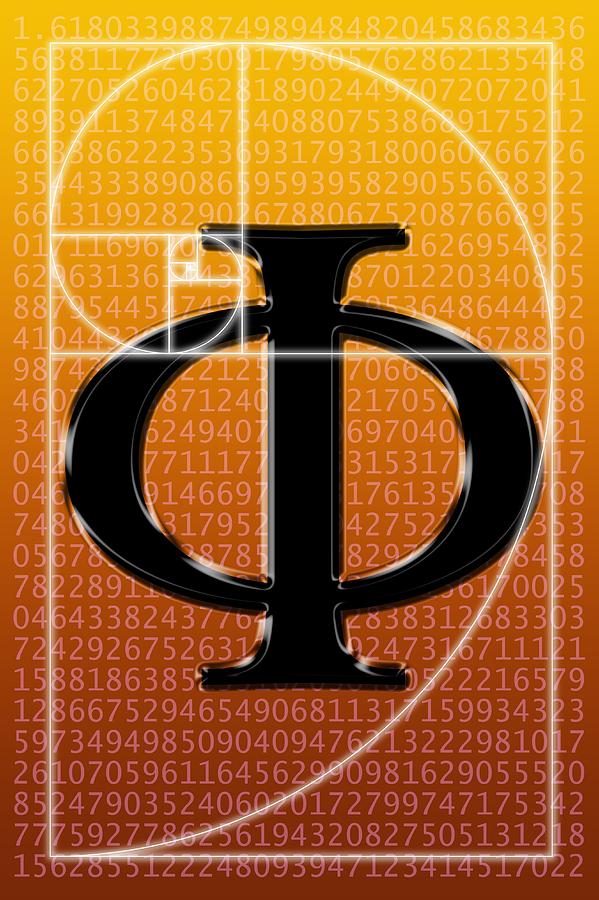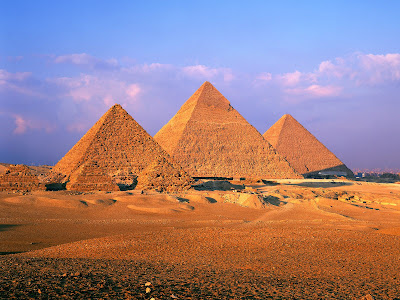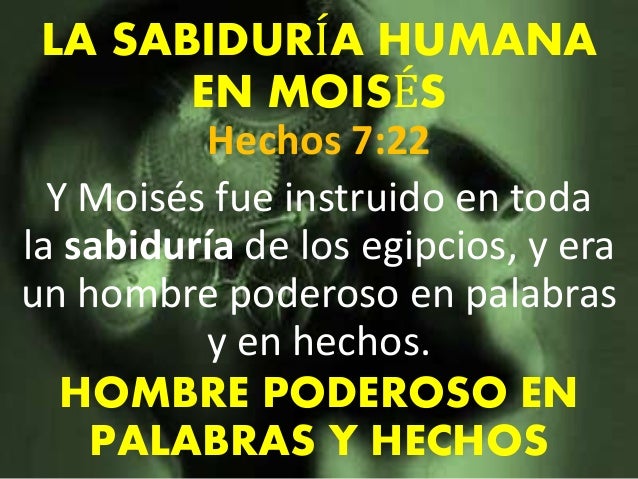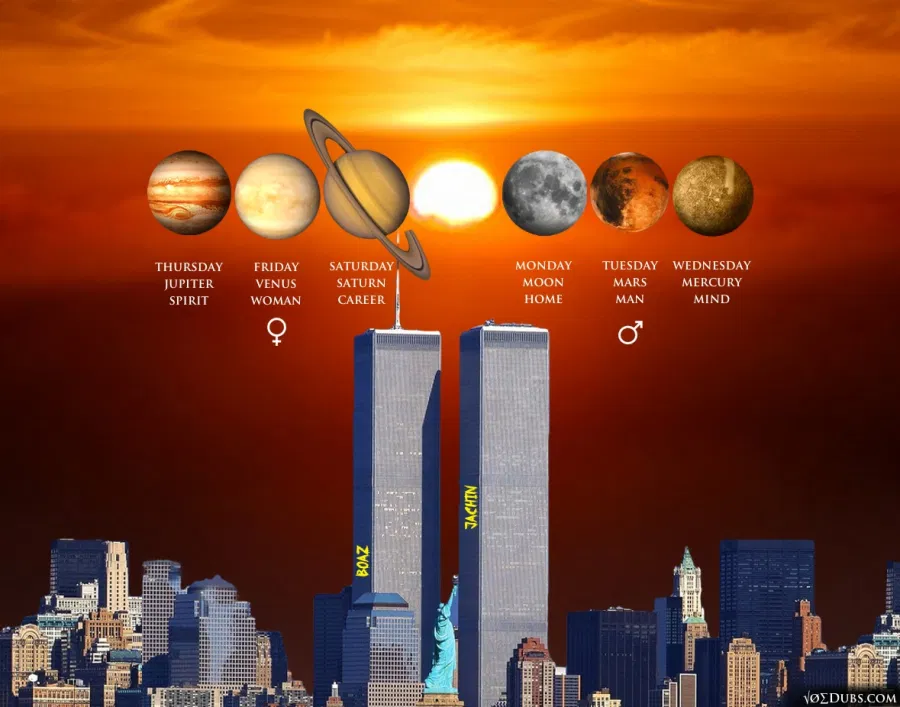El 29 de noviembre de 1483 un sacerdote y abogado nacido en Estrasburgo accedía al cargo de Maestro de Ceremonias del papado en Roma, tras haber comprado el puesto por unos 450 ducados. Se llamaba Johann Burchard y hasta su muerte en 1506 serviría en ese cargo a cinco pontífices.
Unos pocos años antes, en 1503, Burchard se hizo construir un palacio, que todavía sigue en pie en la actual Vía del Sudario (en el número 44) con el nombre de Casa del Burcardo, con una torre anexa.
La torre, junto con el lugar de nacimiento de Burchard, acabaron por dan nombre al lugar donde se alzaban: Torre Argentina. Argentina porque el nombre latino de Estrasburgo era Argentoratum. Lo que vendría a significar algo así como la torre del estrasburgués.
 Localización de Largo di Torre Argentina en Google Maps
Localización de Largo di Torre Argentina en Google Maps
En 1927 las autoridades romanas decidieron demoler buena parte de las construcciones de Torre Argentina (entre ellas la torre de Burchard) para crear una gran plaza, la actual Largo di Torre Argentina, situada en el antiguo Campo de Marte en el camino entre el Panteón y el Foro.
Durante las obras aparecieron la cabeza y los brazos de una estatua de proporciones colosales, lo que llevó a realizar excavaciones arqueológicas que, como suele ser habitual en la capital italiana, encontraron más de lo que se esperaba hallar: toda una área sacra con restos de cuatro templos de época romana republicana, además del Teatro de Pompeyo.
 Plano del área arqueológica de Largo di Torre Argentina / foto dominio público en Wikimedia Commons
Plano del área arqueológica de Largo di Torre Argentina / foto dominio público en Wikimedia Commons
El teatro fue el primero permanente construido en Roma (y el primer edificio totalmente de mármol), en el año 55 a.C., gracias a una argucia de Pompeyo.
Como estaba prohibido levantar teatros permanentes en la ciudad hizo construir en lo alto de la cávea un templo dedicado a Venus Victrix, argumentando que la propia cávea no era más que una escalinata para acceder al templo.
Tenía 150 metros de diámetro y capacidad para más de 17.000 espectadores. Tras la escena había un enorme pórtico de 180 por 135 metros que rodeaba un jardín, y en el extremo de este pórtico opuesto al teatro se ubicaba la Curia de Pompeyo.
 Reconstrucción del interior del Teatro de Pompeyo / foto dominio público en Wikimedia Commons
Reconstrucción del interior del Teatro de Pompeyo / foto dominio público en Wikimedia Commons
Una curia era una reunión para discutir asuntos públicos, y en época republicana servía también para designar el edificio donde se reunía el Senado, generalmente la Curia Hostilia situada en el Foro.
Pero había otras, como la mencionada de Pompeyo, precisamente el lugar donde en marzo del año 44 a.C. se estaba reuniendo el Senado.
 La muerte de César, cuadro de Karl von Piloty, 1865 / foto dominio público en Wikimedia Commons
La muerte de César, cuadro de Karl von Piloty, 1865 / foto dominio público en Wikimedia Commons
Allí se dirigió Julio César el día 15 de ese mes para encontrar la muerte a manos de un grupo de senadores, como cuentan Plutarco y Suetonio.
Al entrar César se levantó el Senado; pero luego que se sentó, aquellos le rodearon en tropel, enviando delante a Tulio Cimbro, con pretexto de pedirle por un hermano desterrado; todos intercedían con él, tomando a César las manos y besándole en el pecho y la cabeza. Al principio desechó sus súplicas; pero viendo que no desistían, se levantó con enfado, y entonces Tulio retiró con entrambas manos la toga de los hombros, y Casca fue el primero, porque se hallaba a la espalda, que, desenvainando el puñal, le dio una herida poco profunda en el hombro. Echóle mano César a la empuñadura y, dando un grito, le dijo en lengua latina: “Malvado Casca, ¿qué haces?” Y éste, llamando a su hermano, le pedía en griego que le socorriese. Herido ya de muchos, miró en rededor, queriendo apartarlos; pero cuando vio que Bruto alzaba el puñal contra él, soltó la mano de que tenía asido a Casca, y cubriéndose la cabeza con la toga, entregó el cuerpo a los golpes. Hiriéronle sin compasión, empleándose contra su persona muchos puñales, con los que se lastimaron unos a otros, tanto que Bruto recibió una herida en una mano, queriendo concurrir a aquella muerte, y todos se mancharon de sangre (Plutarco, Vidas Paralelas: Bruto)
Esta curia, según afirman Suetonio y otros autores, fue tapiada posteriormente como lugar nefasto. Posiblemente a lo que se refieren es a la estructura de hormigón de tres metros de ancho por dos de alto con que Augusto mandó cubrir el lugar para señalarlo. Con el tiempo, el entorno sería convertido en letrinas públicas.
Se decidió tapiar la curia en la que había sido asesinado, designar con el nombre de “Parricidio” los idus de marzo y no celebrar jamás una reunión del Senado en esta fecha (Suetonio, Vidas de los doce césares: El divino Julio)
 Largo di Torre Argentina, a la derecha los restos de la curia / foto Peter Clarke en Wikimedia Commons
Largo di Torre Argentina, a la derecha los restos de la curia / foto Peter Clarke en Wikimedia Commons
En la actual plaza Largo di Torre Argentina se pueden ver hoy los restos del lado este del pórtico, así como tres de los cuatro templos.
Restos del teatro de Pompeyo están en el subsuelo de la Vía di Grotta Pinta, mientras que las bóvedas originales del teatro forman los sótanos de los restaurantes de esta calle y parte de las paredes del hotel Albergo Sole al Biscione.
El punto exacto donde cayó César, justo en el centro del fondo de la curia, a los pies de la estatua de Pompeyo, puede contemplarse hoy frente a los restos de los templos, prácticamente embebido bajo el pavimento de la calle.


:max_bytes(150000):strip_icc():format(webp)/TAL-caesar-rome-CAES0623-27e295a2fc754493b9b17a4fe24c554d.jpg)
